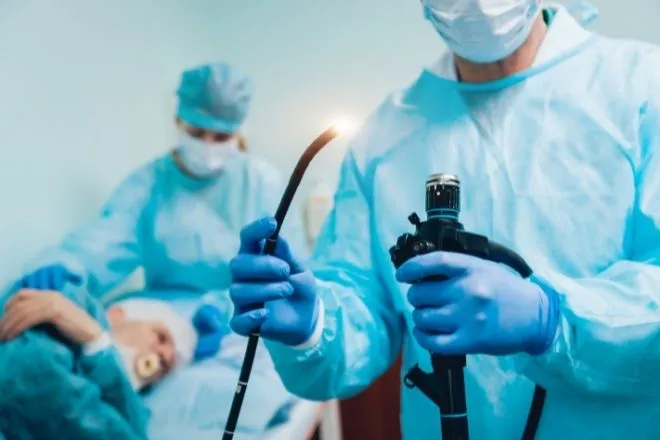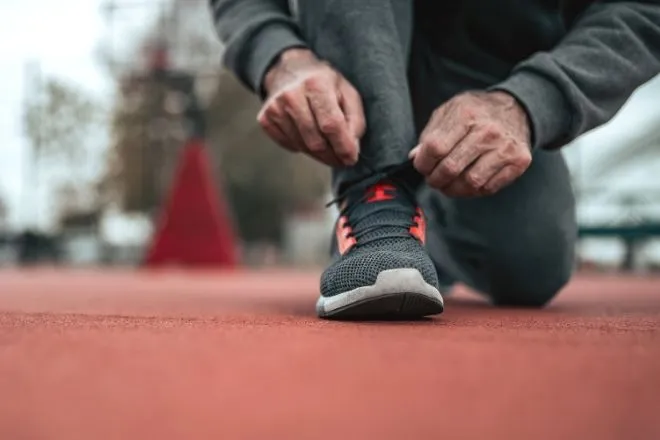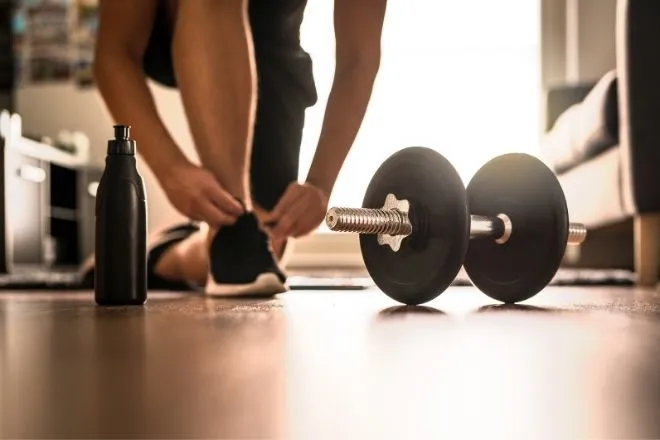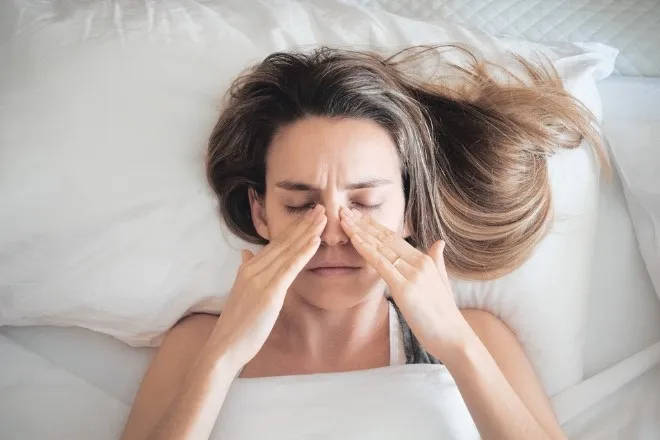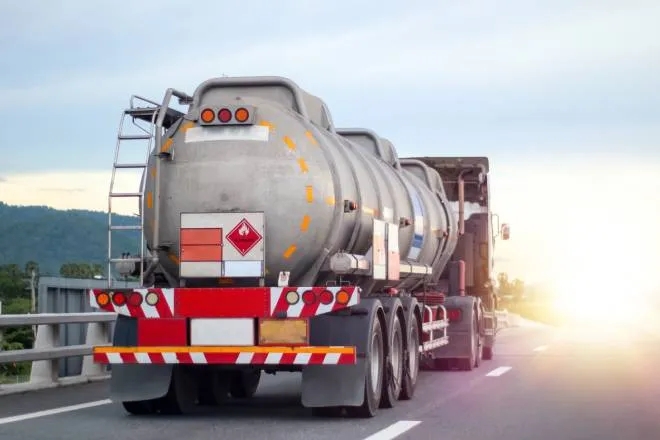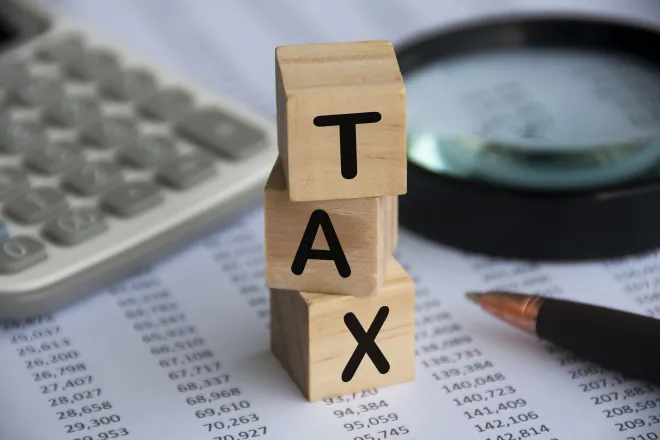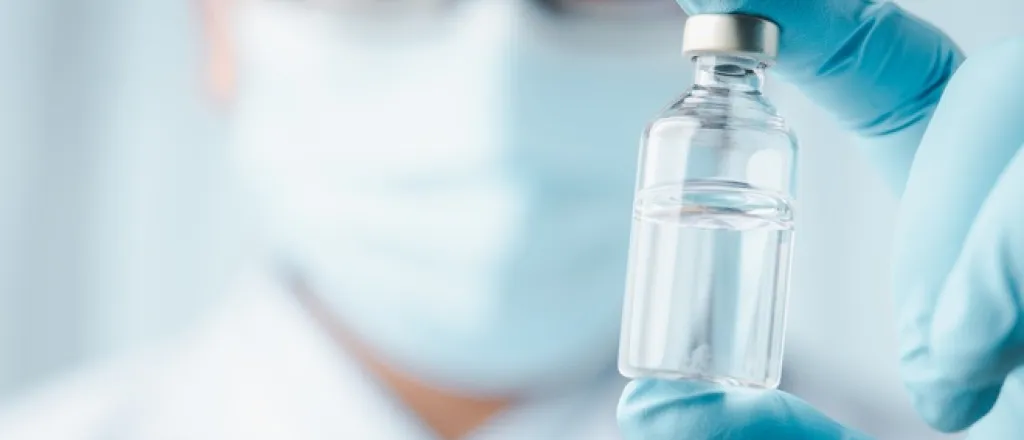
How To Keep Your Lab Sampling Vials Protected
©
Protecting sampling vials is a fundamental aspect of maintaining the accuracy and reliability of laboratory experiments. These small yet essential tools hold the substances and solutions that form the basis for countless studies and analyses.
Whether working in a medical research lab, an environmental testing facility, or an industrial development center, the integrity of samples directly reflects the quality of the results. By learning how to protect your lab sampling vials, you minimize error risks, reduce unnecessary costs, and maintain consistent experimental outcomes.
Choose High-Quality Vials and Accessories
The first step in protecting your sampling vials is selecting high-quality vials and accompanying accessories. Ensure the vials use durable materials, such as borosilicate glass or polypropylene, which withstand various chemical exposures and temperature conditions. Faulty or low-quality materials can lead to leaks, breakages, or compromised sample integrity. Always source your vials from trusted suppliers with verified standards.
Practice Proper Labeling and Organization
Mislabeling or disorganized storage can create unnecessary risks when working with sampling vials. Proper labeling ensures that samples are easily identifiable, reducing the risk of cross contamination or incorrect usage.
Use high-quality, chemical-resistant labels that can withstand exposure to solvents, moisture, and varying temperatures. Organize vials within appropriately designed racks or containers. These precautions safeguard the vials from accidental tipping or damage and allow for quick and efficient retrieval.
Select the Right Closure Systems
Vial closures impact protection and functionality. Choosing the right septa for your vial closure means selecting a reliable seal that prevents leaks, evaporation, or contamination of the sample. Consider factors such as chemical resistance and temperature tolerance when selecting septa materials. Properly sealed vials will protect the contents and enhance the reproducibility and accuracy of analytical results.
Store Vials Under Controlled Conditions
Environmental factors, such as temperature, humidity, and light exposure, preserve sampling vials and their contents. Always store vials in conditions recommended for the specific type of sample they contain. Sensitive samples may require refrigeration or freezing, while others may require protection from light in amber vials. Controlled storage conditions are essential for maintaining the quality of the container and its contents.
Follow Proper Handling Practices
Handling sampling vials with care is another critical factor in maintaining their protection. Always use gloves when dealing with vials to prevent contamination. When pipetting or transferring liquids into vials, use tools to avoid spills or contact with the vial rim. Train lab personnel on protocols for handling fragile vials to minimize risks of accidental breakage.
Protecting your lab sampling vials is a process that requires attention to detail and following industry-standard practices. By selecting quality materials, practicing proper labeling, maintaining controlled storage conditions, prioritizing careful handling, and using appropriate closure systems, you ensure your samples’ longevity and integrity.

